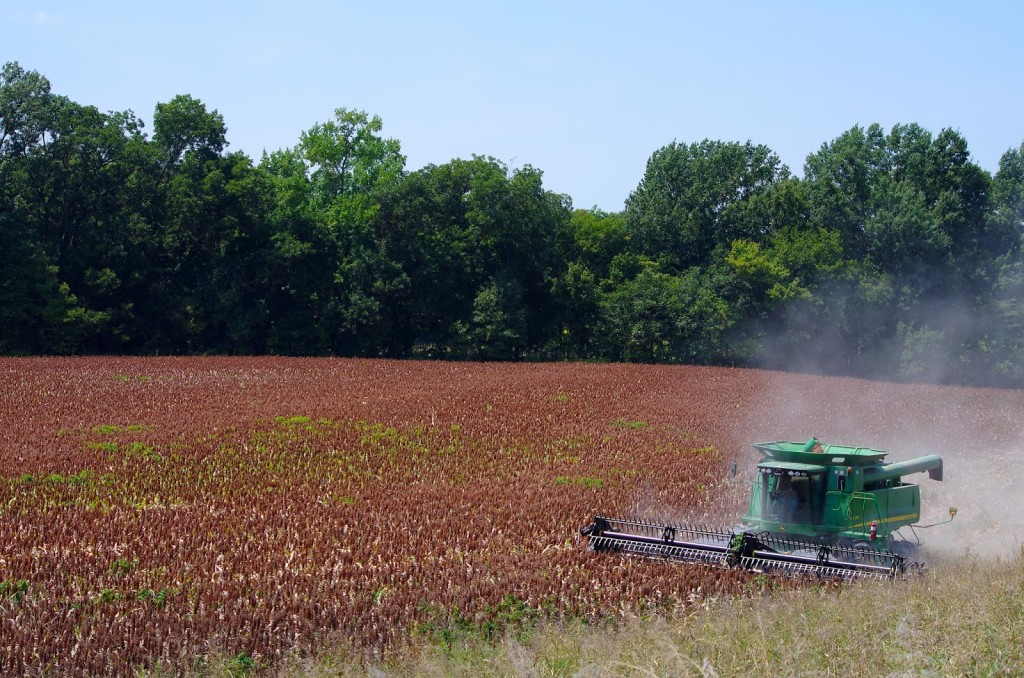Posted February 2, 2016
According to new government spending projections released by the Congressional Budget Office, spending on farm subsidies will soar in the next three years.
Subsidies in the 2014 Farm Bill will cost a lot more than initially projected, according to the Environmental Working Group, an advocacy group opposed to farm subsidies.
Although Congress eliminated direct payments to farmers a few years ago, they replaced them with two subsidy programs known asAgriculture Risk Coverage (ARC County) and Price Loss Coverage(PLC). The 2014 Farm Bill authorized both programs. The Congressional Budget Office believed this change would save taxpayers billions of dollars over the life of the Farm Bill.
However, the Environmental Working Group’s analysis of the CBO’s projections contends that government payments for the Agricultural Risk Coverage and Price Loss Coverage subsidies will cost an additional $8 billion over the next three years — 70 percent more than originally estimated by CBO when Congress passed the Farm Bill in January 2014.
Similarly, Agriculture.com’s farm subsidy analysis finds that the government faces three high-cost years, beginning with $5.8 billion in 2016. Low commodity prices will likely increase the cost of programs that help stabilize crop revenue. Furthermore, the CBO’s latest budget forecasts that crop subsidies will cost a total of $22 billion for fiscal 2016, 2017, and 2018 — a 9% increase from the estimate it made a year ago of $20.1 billion for those years.
The main recipients would be corn, soybean, wheat, and peanut growers. Corn, soybeans, and wheat are the three most widely planted crops in the country, grown on 225 million acres while peanuts are planted on about 1.6 to 1.7 million acres annually. Corn farmers were projected to get $10.5 billion from 2016 to 2018, soybean growers $3.5 billion, wheat growers $2.9 billion, and peanuts $1.7 billion, per agriculture.com.
The Congressional Budget Office’s newest estimates for Farm Bill spending may be viewed here.
